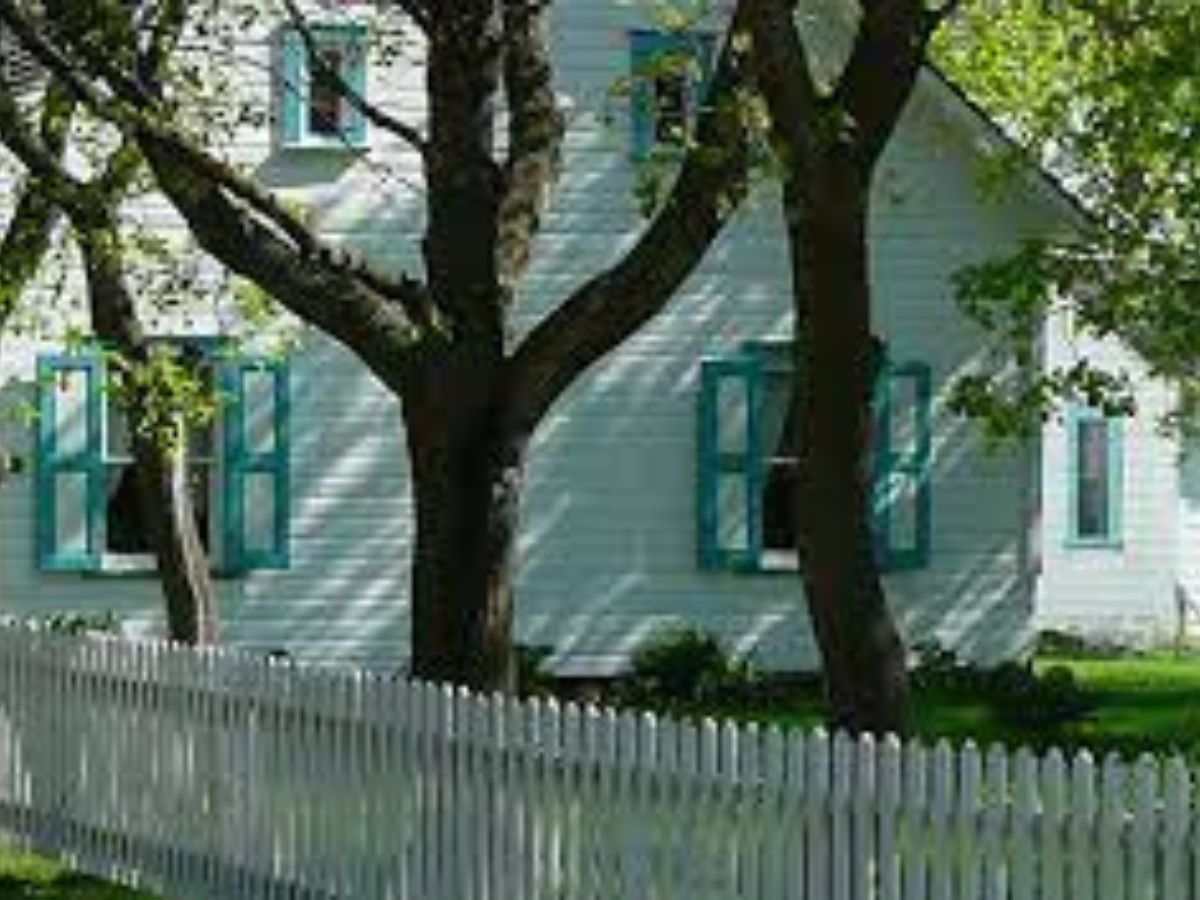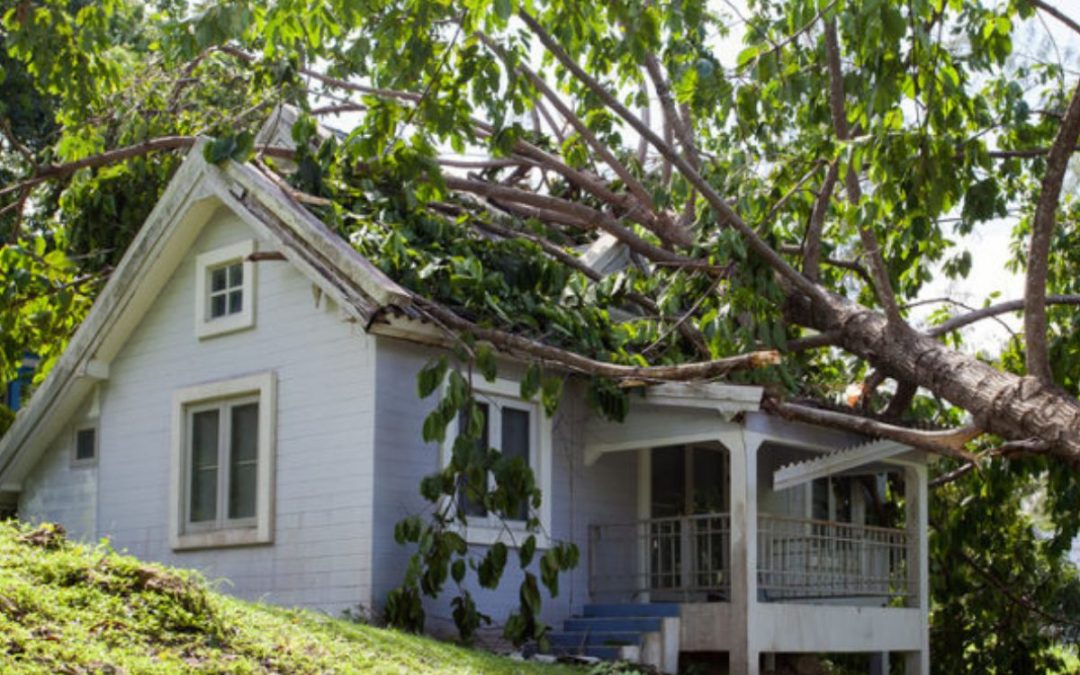Overhanging branches can damage your neighbor’s property. In some cases, a storm can knock overhanging branches or entire trees. In such a scenario, the owner of the tree is not responsible for any damage caused to the neighbor’s property. However, if the tree is a healthy one, it is not your responsibility to cut it down if you happen to injure someone or damage their property.
Table of Contents
Removing branches overhanging your property
There are many things to consider before you remove branches overhanging your property. In some cases, the tree is not yours and you will need permission from the owner of the tree to do so. You can also contact your township to find out how to proceed. Many councils have ordinances about cutting and removing trees.
You should also be careful when removing branches from a neighbor’s tree. There are laws about trees on private property and if a neighbor’s tree is overhanging your property, you might be held responsible for the damages caused. It is vital to check the laws in your area to avoid legal issues down the road.
You can also seek permission from your neighbours before removing branches from their tree. However, you need to ensure that the branch is not damaging their property or leaving behind litter.
The possibility that you may damage the tree
Overhanging branches may not be a big deal on a warm summer day, but when it storms, overhanging branches can do a lot of damage to your property. A single branch can bring down your roof, siding, or windows, or it could even hit your neighbor’s home. In the worst cases, you could even find yourself facing a lawsuit.
If you are going to cut down a tree, it is important to consider the property owner’s rights. If the tree is overhanging your property, it may be against the law. The tree’s owner is responsible for maintaining the tree, so you should be careful not to damage their property.
Overhanging branches can be dangerous because they can block sunlight, cause damage to structures, or drop items. They can also damage your property if they grow too close to walkways and underground utilities. If you do damage to your neighbor’s property, the neighbor is entitled to trim the overhanging branches and roots. There are ways to do this on your own, without getting involved in a lawsuit.
Damage property or injure someone by removing the
Overhanging branches may not seem like a huge safety hazard on a warm summer day, but they can pose a significant property risk when a storm strikes. Large, overgrown trees with multiple heavily loaded branches can damage a home’s roof, siding, windows, and even neighboring homes.
If you want to remove overhanging branches from a tree, you should always ask the neighbors for permission. You may be able to get a neighbor’s permission by offering to trim the branches. However, you should be careful and courteous when negotiating with your neighbors. They may enjoy the shade that their trees provide, so a polite approach is necessary to avoid potential problems.
In addition to asking permission to remove overhanging branches, you should also ask the tree owner what they want done with the overhanging branches. If you remove them from the property of another person, it may be regarded as trespass, and you may be liable for damages. However, there are professional tree surgeons who can take down large portions of trees. These professionals normally carry insurance to cover damages.
The tree may be the subject of a tree preservation
Trees are symbols of our natural environment. We expect them to beautify, purify, and sanctify the land around us. As such, the act of destroying a tree stirs strong emotions. Tree preservationists often characterize tree destroyers as sinful heathens and seek to punish them.
Tree ordinances are relatively rare, but they do exist. Of the six tree ordinances reviewed in this report, four were from California and one each from New Jersey and Georgia. These ordinances apply to both developed and undeveloped property. Some jurisdictions also protect existing trees as part of urban redevelopment projects.

If the tree presents a danger to people or proper
If you are worried about a tree on your property, it is important to evaluate the risks of falling limbs and other hazards before you do anything. This can help save your trees and property from further damage. It is also important to note that tree limbs that fall onto property could end up in a costly lawsuit.
Dead limbs can also cause a hazard and should be removed immediately. These can stay on a tree for years, spreading decay throughout the rest of the tree’s live tissue. Dead branches can cause an injury if they fall from a great height.
If you suspect a tree is dangerous, call the proper authorities. While a landowner doesn’t have to give prior written consent to remove a tree, it’s best to notify the appropriate authorities as soon as possible. Also, be sure to document the tree removal with photographic proof. Failure to provide this evidence may be considered a breach of a Tree Preservation Order or Conservation Area.
Ownership of the overhanging branches once they ha
If your neighbor’s tree overhangs onto your property, you should be aware of your rights. First, you must determine who is responsible for the overhanging branches. It may be you, but it may be your neighbor’s tree too. In this case, you should be careful to trim the branches that touch your property line.
If the overhanging branches cause damage to the property of your neighbor, then you may have to pay compensation. In some cases, it’s not your fault, but it’s important to note that you may still be liable for damages. The overhanging branches could also cause damage to sewer lines and gutters, so you should keep them pruned and healthy.
Conclusion
Who is responsible for overhanging branches on your property? The answer to that question depends on who owns the tree. In many cases, the owner of the tree is the person whose property the tree’s trunk is located. If a tree is directly on a property boundary, both owners share ownership of the tree.
The owner of the tree can be found by examining the trunk and limbs of the tree. This will allow the homeowner to determine which part of the tree overhangs or overlaps their property. For example, if neighbor Ted planted the tree a few years ago, but did not keep its branches trimmed, then he is responsible for any overhanging branches.
Trees are an important part of the community, not only because they are essential to the environment but also because they add to the character of the neighborhood. However, there are times when overhanging branches cause damage to neighboring property. This may occur due to roots or overhanging branches. In such cases, the property owner should contact the neighbor to obtain their permission before they cut down the tree’s branches.

